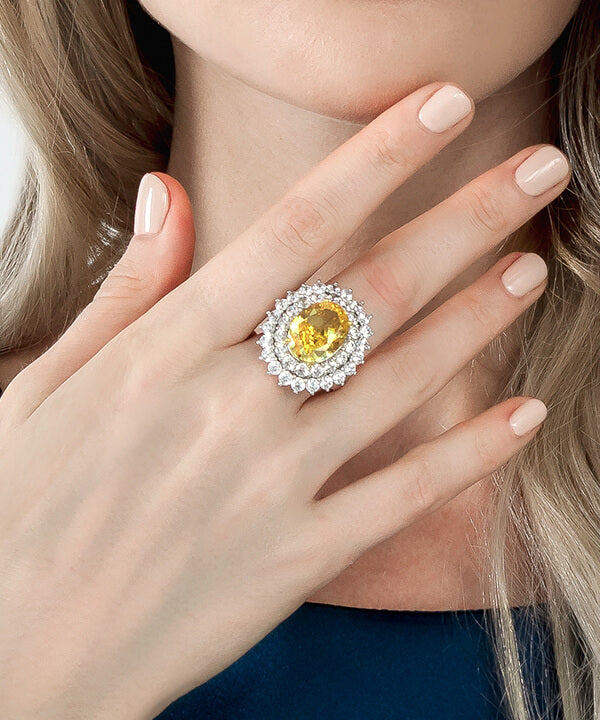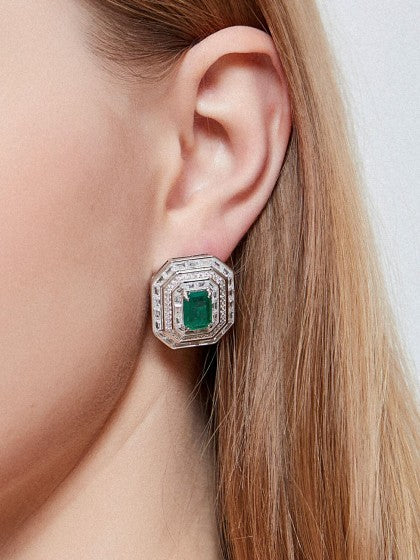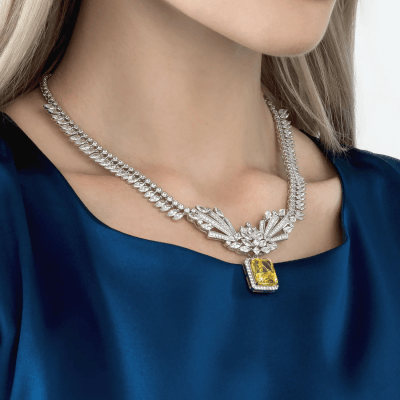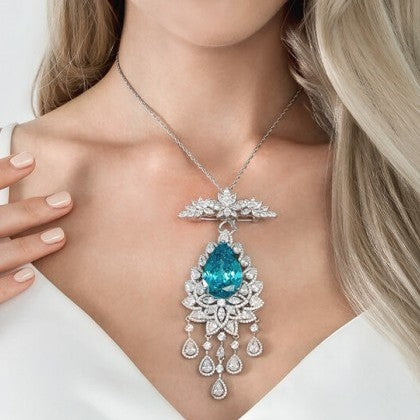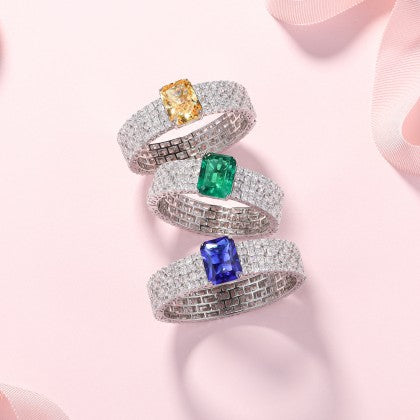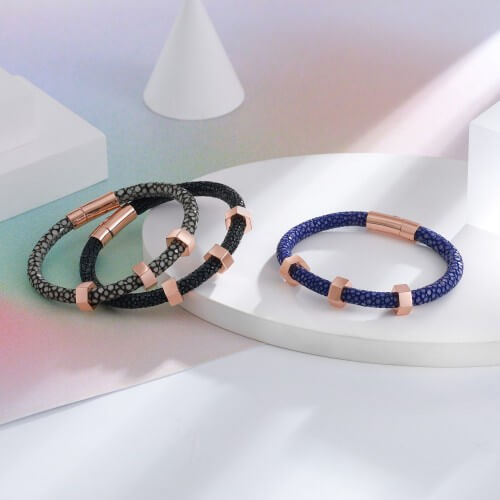In jewelry, some elements represent different meanings in addition to their decorative effects. Hearts are always associated with love, affection, pumpkins bring to mind Halloween, snakes mean eternity...
The element we are going to look at today may be difficult for modern people to understand. Only by understanding the culture behind it can you understand the hesitation behind these slender hands.

Claddagh Ring
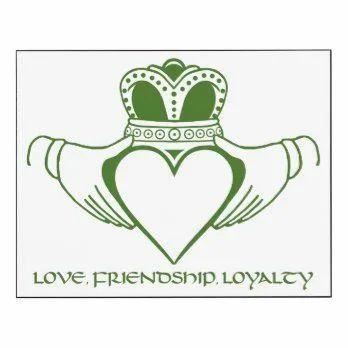
The shape of two hands embraces a heart, and there is a small crown above the heart. This is the classic style of the Claddagh ring with a history of more than 400 years.
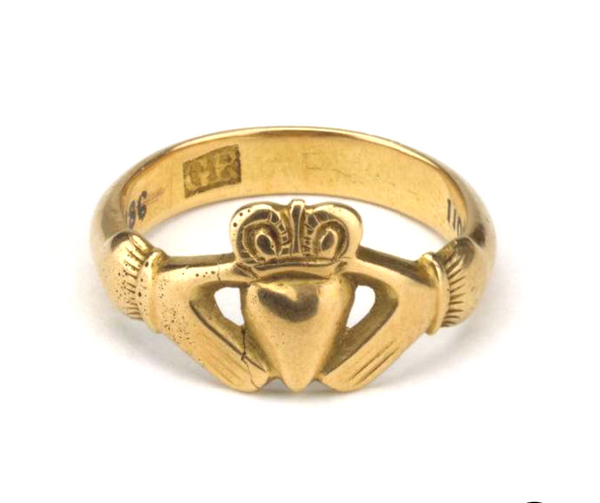
18th Century Claddagh Ring | Collection of the British Museum
The heart represents love, the hands represent friendship and non-partition, and the crown represents loyalty to love and friendship. Whether it is love or friendship, it is dubbed the meaning of loyalty. This ring can be dedicated to friendship as well as love.
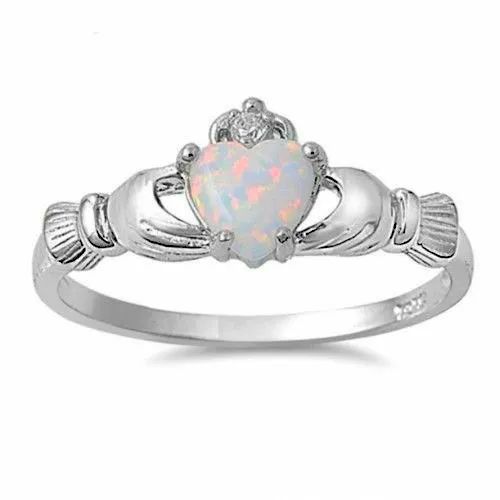
The wearing of the Claddagh ring is also very interesting. Wearing it on the left hand or the right hand, with the heart-shaped tip facing inward or outward, has different meanings, so pay attention when wearing it.
 Dissoo® Pink Heart Sterling Silver Ring
Dissoo® Pink Heart Sterling Silver Ring
Fede Ring
The shape of "Feder ring" is two hands clasped tightly, which symbolizes "friendship, love and loyalty".

14th century fede ring | Collection of the British Museum
The earliest Fede Ring was a token of covenant between city-states, and it was used in the wedding ceremony of newlyweds in ancient Rome.
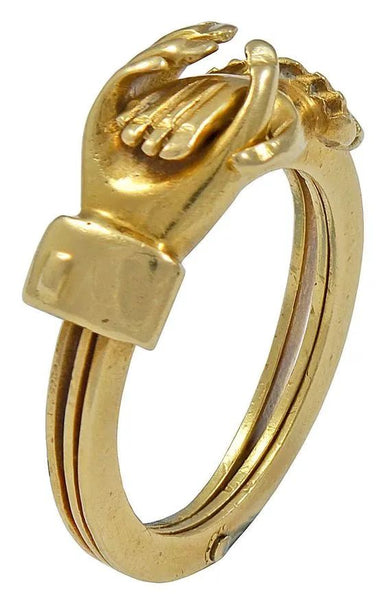
circa 1840 fede ring
With the improvement of craftsmanship, craftsmen have also added a lot of care to the Fede Ring. Overall, it is still clasped with both hands. Some can be opened to reveal the hidden inscriptions, and some can be split into several rings.
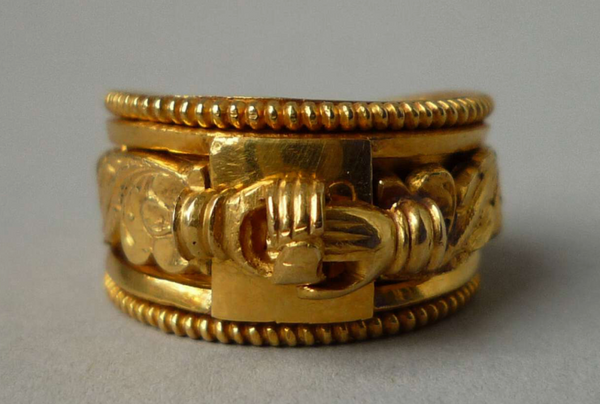
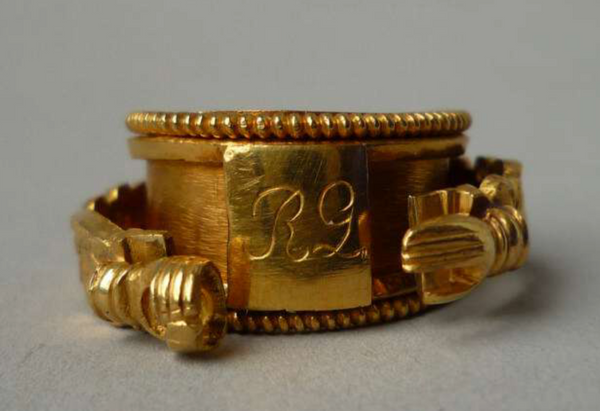
18th Century Fede Ring | Collection of the British Museum
Gimmal Ring
Gimmal Ring, also known as Gimmel Ring, originated from the Latin gemellus, translated as Gimmel Ring, an engagement ring popular in England, Germany and other places in the 16th and 17th centuries.
The gimmal itself has the meaning of twins. The gimmal ring is actually a multi-ring combination ring, which adopts a nested structure and is generally composed of 2-3 rings of equal size.

In traditional etiquette, the husband and wife will each keep one of them before they get married. At the wedding ceremony, these two rings will be combined into one ring to ensure that the other party is the person with whom they will spend their lives together.
Around the 17th century, a third ring was added to the design of this unique ring, which was usually kept by the witnesses until the wedding was over.

The Gimmal Ring with two circles often has hidden secrets inside - a newborn baby is placed in one ring, and a skeleton is placed in the other ring, implying death and new life.
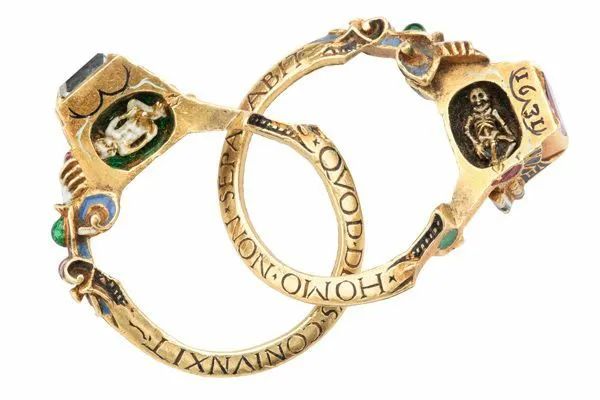
In the 16th and 17th centuries, skilled craftsmen combined Fede Ring and Gimmal Ring, and designed the ring into a multi-ring combined structure: when combined, it is the shape of two hands clasped tightly, and when separated, it is found that there is a hidden heart inside.

The most common is the three-ring combination, and occasionally you can see the Kimmel ring that looks like the five Olympic rings.

No matter how many circles it is, this kind of multi-ring connection and hands-holding shape ring, called Fede Ring or Gimmal Ring, is acceptable.

Everything in hand
During the Victorian era, jewelry was worn not just for decoration, usually because it had some meaning to the wearer.
The hand was a very popular symbol at the time, sometimes appearing alone, sometimes holding an object with some symbolic meaning.

1840 Coral Hand Brooch | Collection of the British Museum
The shape of hand-held flowers is very common, and different flowers have different meanings.
Holding a rose in your hand naturally represents love.
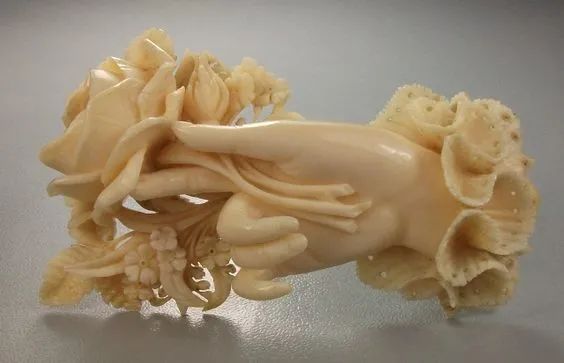
Roses and forget-me-nots often form a wreath or bouquet, held by a pair of slender hands, and this shape often appears on earrings.

Holding a snake in your hand means eternal love or wisdom.

The hand holding the stick is for guidance or comfort when needed.
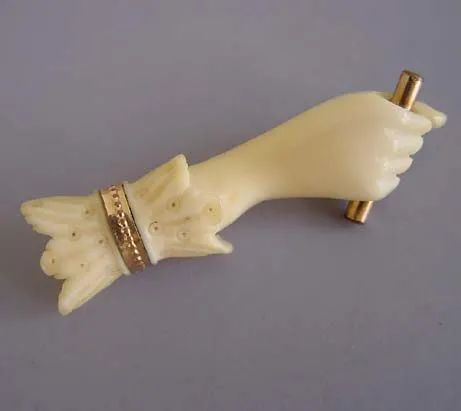
Holding a horseshoe means bringing good luck.

Mourning jewelry often depicts hands folded, praying hands, or hands clasped to "cross the chasm between life and death".
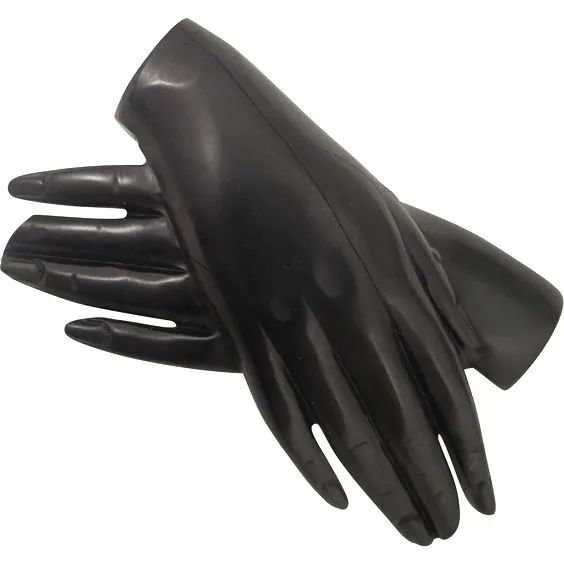
In gourmet food, there are Shandong pancakes that can be rolled. In jewelry, the modeling element of hands is probably everything that can be held. It doesn't matter what the meaning is, as long as the wearer and the reader understand it.
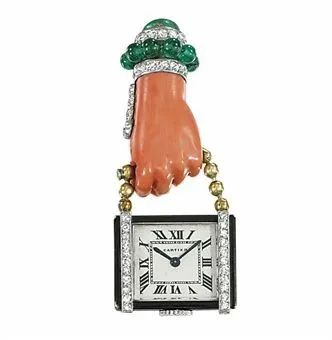
Devil's Horn (Mano Cornuta / Horned Hand)
In early Italy, a pendant was made into the shape of the devil's horn (mano cornuta / horned hand) - straightening the index finger and little finger, pressing the bent ring finger and middle finger with the thumb, is a powerful gesture to drive away the devil.

Fig Gesture (Mano Fico)
It is still a gesture that originated in Italy, Mano Fico, Mano means hand, and figo means fig.

The fig is the sacred fruit of Bacchus, the Roman god of wine. For the Romans, the fig represented fertility and symbolized the female genital area.
By the Etruscan period, the gesture was worn as a spell to the goddess, a call to fertility, virility and good times.
Over time and colonization, the symbol traveled across oceans and was commonly worn throughout Brazil and Peru to ward off the eyes of evil.

Mano Fico can be worn alone, or a ring can be added, and a large gift box for evil spirits can be hung underneath - common ones include evil eyes, keys, crosses, bells... and some other carvings.

These two hand jewelry originating in Italy are, more precisely, talismans. The logic of many European amulets is the same - fight evil with evil, hang evil things on the body, and scare the devil away.
Traditionally, this amulet hand would be made of silver or red coral, sacred elements of the Moon Goddess and Sea Goddess respectively.
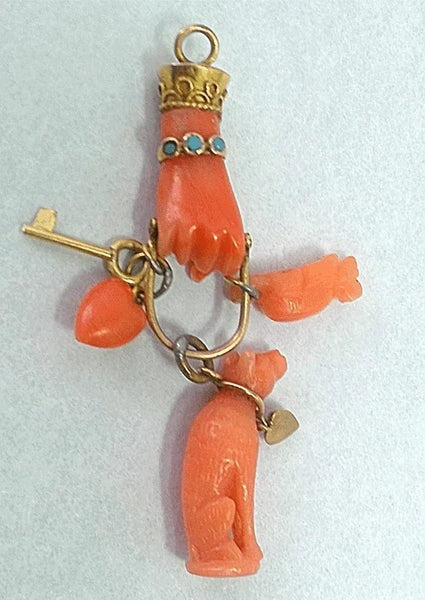
Hand of Fatima
In Arabic culture, an open palm pattern is called khamsas or Hand of Fatima, the Hand of Fatima.

Hand of Fatima, 1900 | Collection of the British Museum
Fatima (Fatima) is the daughter of the Prophet Muhammad. She is the goddess of the moon in Arabian legend. According to legend, her hands can cure all diseases of believers.
The Hand of Fatima is a symbol of blessing peace and praying for health in Arabic culture. Arabs like to make gold and silver ornaments of this shape and wear them as their amulets to ward off the evil eye.
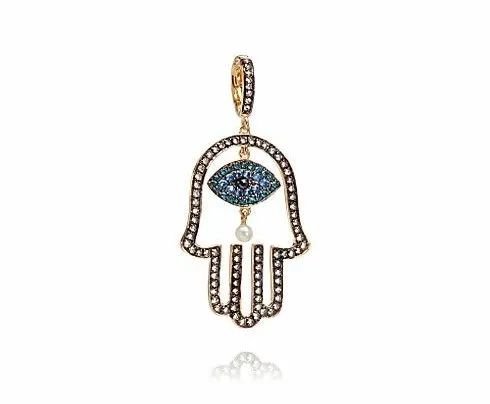
Simple as a hand, different gestures have different meanings in different cultures.
This article was first published in https://dissoojewelry.com/.
Want to know more about jewelry,click https://dissoojewelry.com/collections/pink to learn more.


